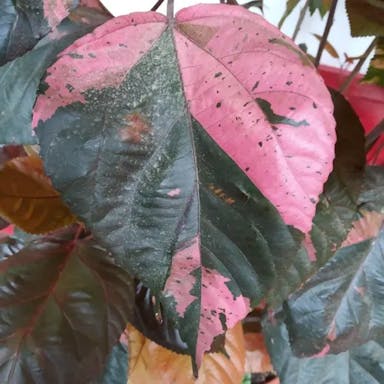Chinese snowball is susceptible to various pests and diseases, including aphids, powdery mildew, and leaf spot. These pests and diseases can weaken the plant, leading to stunted growth and reduced flowering. Aphids are small insects that feed on plant sap, causing leaves to curl and distort. Powdery mildew appears as a white powdery substance on leaves, inhibiting photosynthesis. Leaf spot manifests as dark spots on leaves, eventually causing them to yellow and drop prematurely. To prevent these issues, regular inspection of the plant for early signs of pests or diseases is crucial. Proper watering, adequate spacing between plants, and good air circulation can help reduce the risk of infestations. In cases of severe infestations, insecticidal soaps or fungicides may be necessary.
0
0












